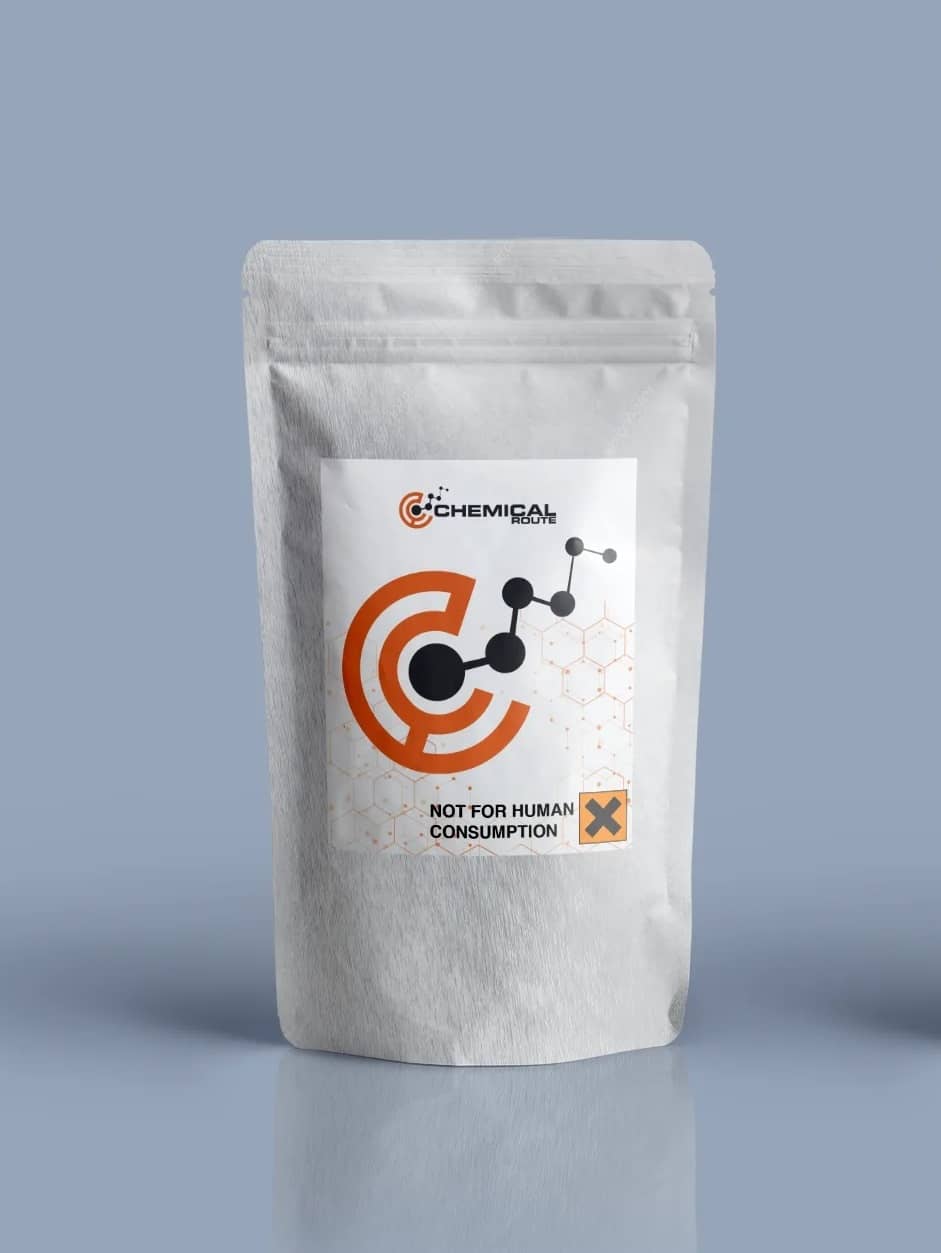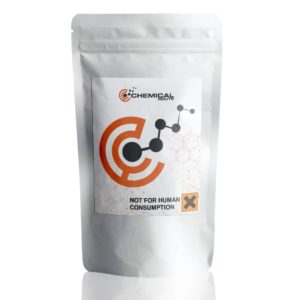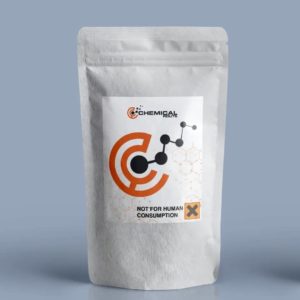Description
THJ-2201
Product information
IUPAC-name [1-(5-Fluoropentyl)-1H-indazol-3-yl](1-naphthyl)methanone
Synonyms AM2201 indazole analog, 5-fluoropentyl JWH 018 indazole analog, 5-fluoro THJ 018
Formal name [1-(5-fluorop
Cas number 1801552-01-1
Formula C23H21FN2O
Molar Mass 360.432 g·mol−1
Formulation Powder
Solubility
- DMF: 5 mg/ml
- DMSO: 5 mg/ml
Shipping & Storage Information
THJ-2201 which is also known as AM2201 indazole analog, 5-fluoropentyl JWH 018 indazole analog, 5-fluoro THJ 018, is an analytical reference standard compound that is categorized as a synthetic cannabinoid. THJ-2201 is an indazole-based synthetic cannabinoid to be specific and a structural analogue of AM-2201. The compound acts as a full agonist with affinity values of 1.34 nM and 1.32 nM at CB1 and CB2 respectively.
This synthetic cannabinoid is a replacement for the AM-2201, which was officially banned in 2011. It is marketed as a safe alternative to the drug. Vaporized or smoked cannabinoids are commonly used to achieve quick effects. These substances can also be dissolved in a lipid and are insoluble in water.
Chemistry
THJ-2201 is a synthetic cannabinoid drug that contains a substituted indazole group. This drug is commonly used as a replacement for indazole moeity. It has a carbonyl group and a fluoropentyl chain. Napthalene is a bicyclic structure that consists of two fused benzene rings seen in THJ-018. It is commonly referred to as a ketone.
Pharmacology
This substance has not been studied, but it is presumed that its binding profile is similar to that of AM-2201. It is also likely to have the in vivo properties of thiazolidinediones. AM-2201 is a potent full agonist of the central and peripheral CB1 and 2 receptors. This compound is believed to act on the central and peripheral CB1 receptors. The role of these interactions remains unclear.
THJ-2201 is a synthetic cannabinoid with no known side effects. It is derived from the cannabis plant and was originally created to treat anxiety and nausea. The drug is highly metabolized and rarely detected in human urine. Therefore, it is important to monitor SC intake and metabolites in the body. This product has not been studied in a scientific context and thus, the exact toxic dose is unknown. Nevertheless, people who have tried THJ-2201 have not reported any negative effects and some have even reported that it is a pleasant experience. However, the studies are limited to the use of the drug in humans, and there are no studies to support this conclusion.
The DEA has confirmed multiple encounters involving large quantities of THJ-2201 and AB-CHMINACA. The two compounds were tested in forensic laboratories and have no side effects. Because of their low toxicity, the drug is safe for most people to use. In addition, THJ-2201 is not addictive. It is important to note that a single dose of this synthetic cannabinoid has not been proven to cause any negative side effects.
A single-dose study of THJ-2201 was conducted using OECD 423 guidelines. In this study, 30 mice were divided into five groups consisting of three male and three female animals. In the acute toxicity study, THJ-2201 was administered by oral gavage at five, 50, 300, and 2000 mg/kg body weight. There was also a control group of six animals, which served as the control.
THJ-2201 has a low toxicity profile. Despite its low toxicity level, the drug is not a gateway drug to other drugs. The FDA has not approved THJ-2201 for human use. In the past few years, it has been a popular treatment for depression. A number of studies have been conducted using THJ-2201 in animal models. The study has been described in the journal Nature.
THJ-2201 has a similar metabolic profile to FUBIMINA, with the same primary metabolite. Moreover, it undergoes oxidative defluorination, carboxylation, and glucuronidation.
The toxicological and physiological properties of this compound has not been analyzed. Usage of this Chemical should be for research and forensic purposes only.
WARNING This product is not for human or veterinary use.

This product is only available to persons of 21 years old and above.
Hazard statement(s)
| H302 | Harmful if swallowed |
| H315 | Causes skin irritation |
| H319 | Causes serious eye irritation |
| H332 | Harmful if inhaled |
| H335 | May cause respiratory irritation |
| H336 | May cause drowsiness or dizziness |
| Precautionary statement(s) | |
| P264 | Wash hands thoroughly after handling |
| P280 | Wear protective gloves/protective clothing/eye protection/face protection |
| P305 + P351 + P338 | IF IN EYES: Rinse cautiously with water for several minutes. Remove contact lenses, if present and easy to do. Continue rinsing. |
| P337 + P313 | If eye irritation persists: Get medical advice/attention |
| P261 | Avoid breathing dust/ fume/ gas/ mist/ vapors/ spray |
| P271 | Use only outdoors or in a well-ventilated area |
| P304 + P340 | IF INHALED: Remove victim to fresh air and keep at rest in a position comfortable for breathing |
| P312 | Call a POISON CENTER or doctor/physician if you feel unwell |
| P403 + P233 | Store in a well-ventilated place. Keep container tightly closed |
| P405 | Store locked up |
| P501 | Dispose of contents/container to a licensed disposal company |





Reviews
There are no reviews yet.